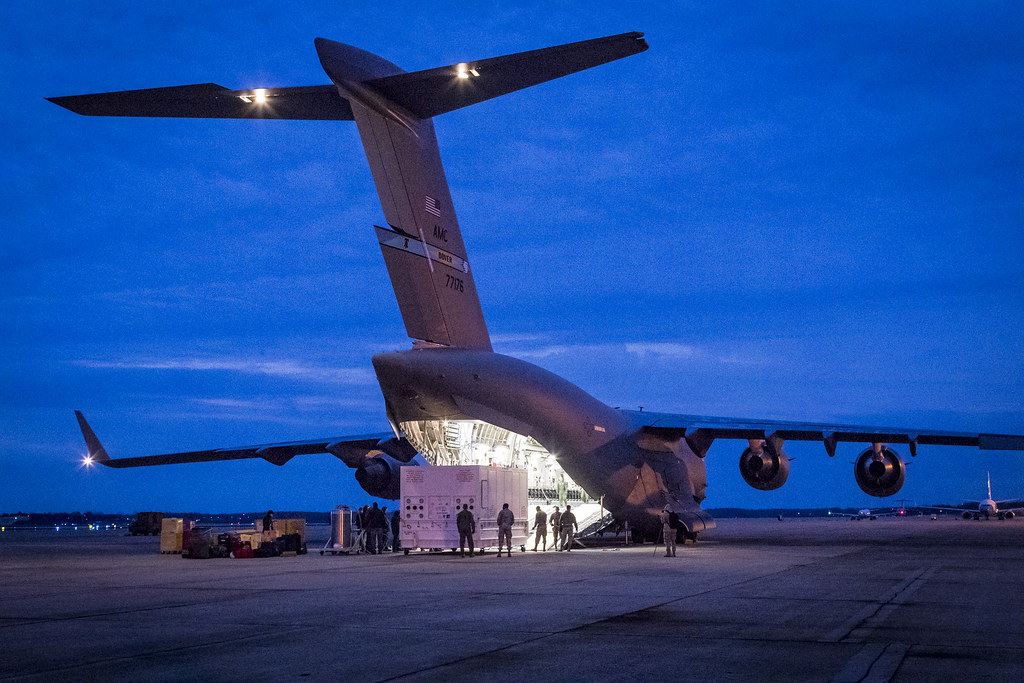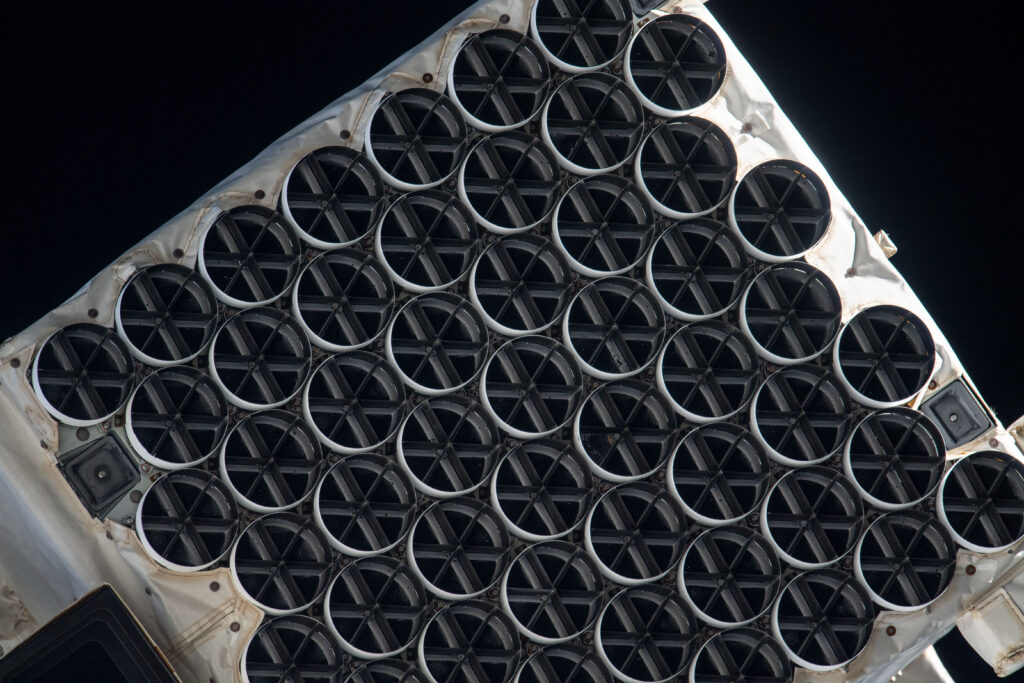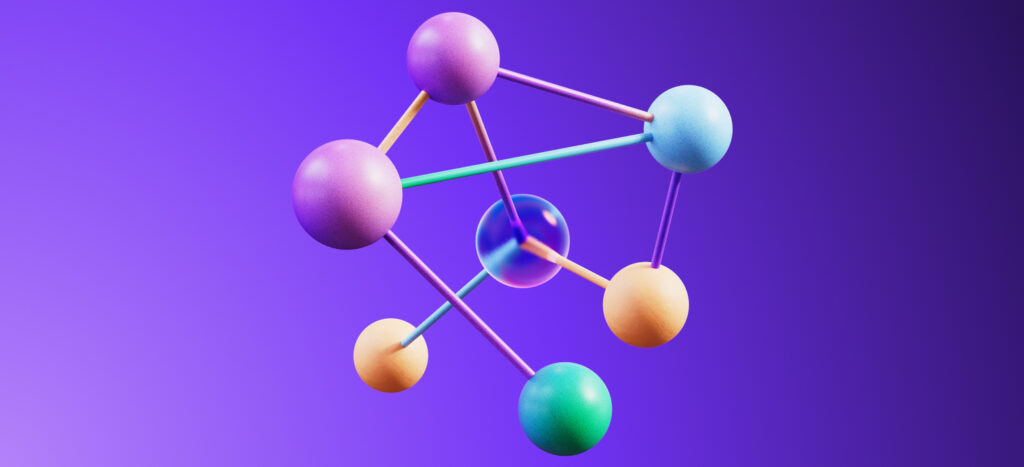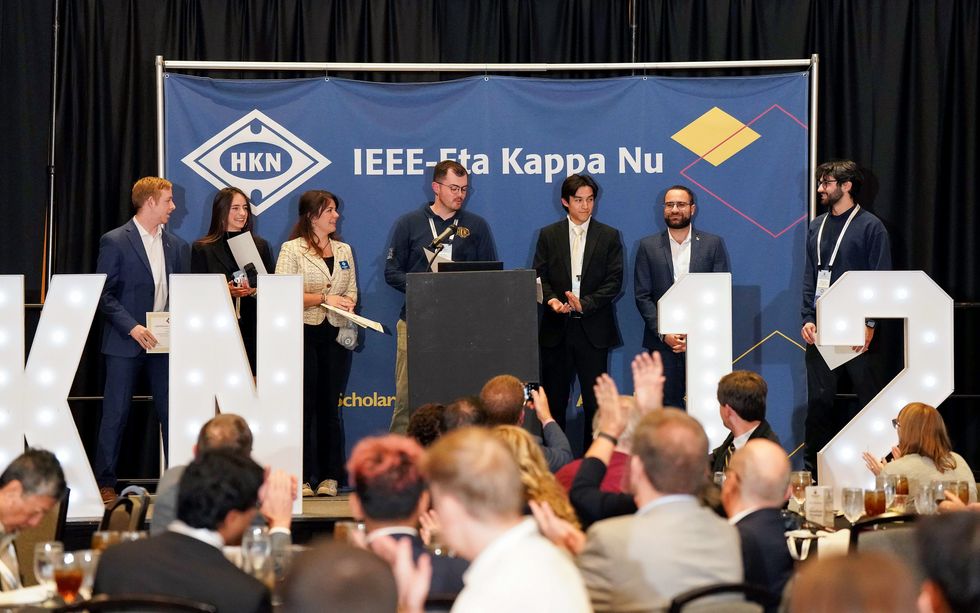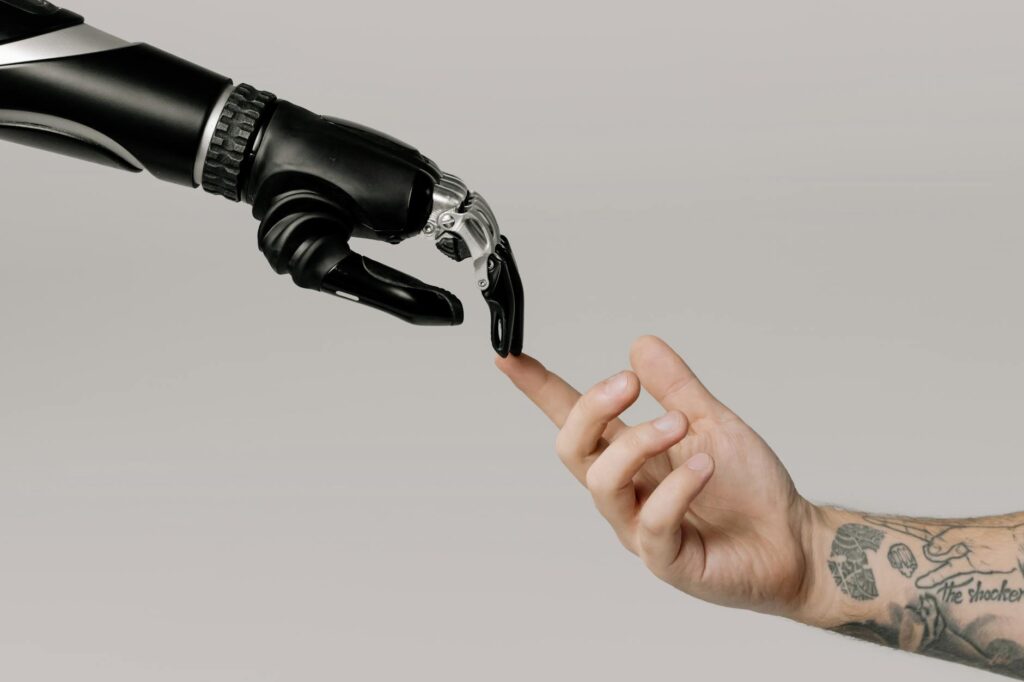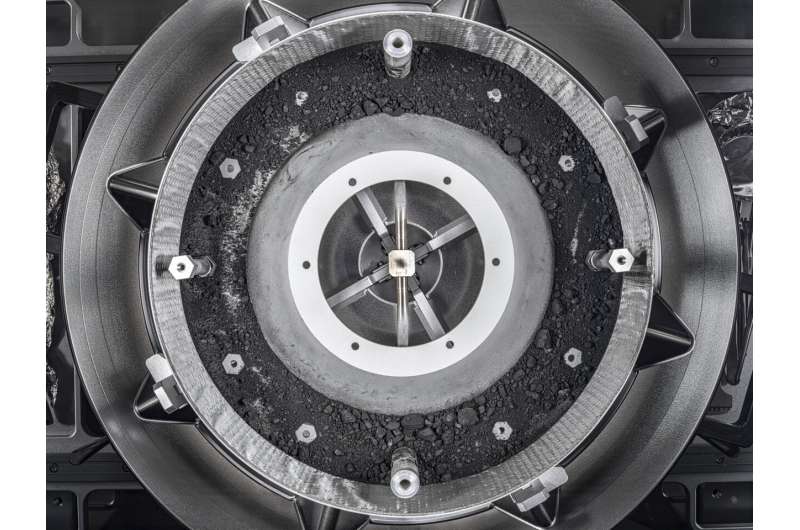Can They Prevent the Starliner From Colliding With the Space Station?
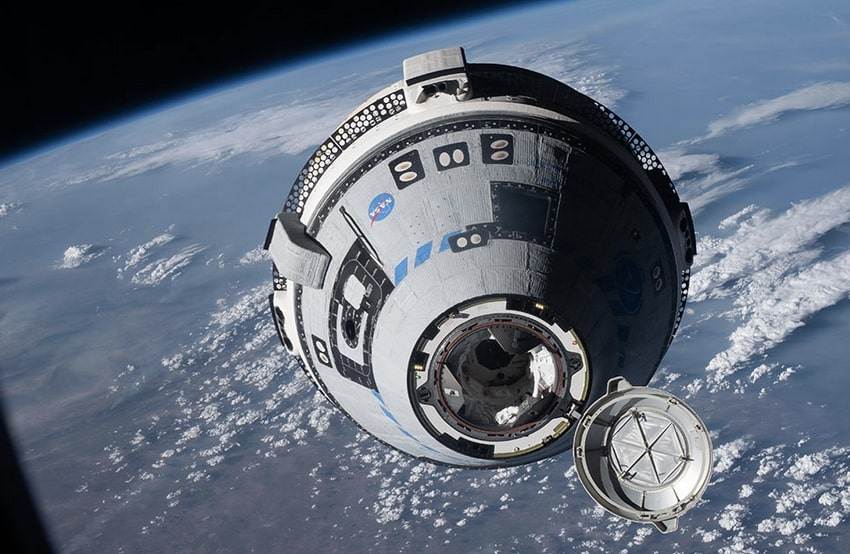
NASA Space Technology
NASA is worried that multiple small reaction control system thrusters could fail while the Starliner is near the space station and cause a disaster. There are combinations of Starliner thrusters failures would make it become uncontrollable and cause a collision with the space station. The thrusters are needed later in the flight back to Earth to set up the critical de-orbit burn and entry in Earth’s atmosphere.
Boeing Starliner software needs to be updated for it to be able to undock without crew onboard (even though it did this on the last test flight), and this will take a week. Boeing has DIFFERENT software for crewed and unmanned Starliner and it takes a week or more to change between the software.
NASA has been studying the possibility of crew returning in a SpaceX Dragon for over a month. As NASA and Boeing engineers have yet to identify a root cause of the thruster failure, the possibility of Wilmore and Williams returning on a Dragon spacecraft has increased in the last 10 days. NASA has consistently said that crew safety will be its No. 1 priority in deciding how to proceed.
It is not clear what change Boeing officials made to the vehicle or its software in the two years prior to the launch of Wilmore and Williams. It is possible that the crew has to manually press an undock button in the spacecraft, or the purely autonomous software was removed from coding on board Starliner to simplify its software package. Regardless, sources described the process to update the software on Starliner as “non-trivial” and “significant,” and that it could take up to four weeks. This is what is driving the delay to launch Crew 9 later next month.
If NASA decides to return Starliner autonomously (unmanned), it must be certain the undocking software update will work.
This is absolutely wild.
– There is concern that an RCS failure during undocking could cause Starliner to crash into the ISS.
– Starliner software needs to be updated for it to be able to undock without crew onboard (even though it did this on the last test flight), and this will https://t.co/yimzncIXLq— Ozan Bellik (@BellikOzan) August 5, 2024

Brian Wang is a Futurist Thought Leader and a popular Science blogger with 1 million readers per month. His blog Nextbigfuture.com is ranked #1 Science News Blog. It covers many disruptive technology and trends including Space, Robotics, Artificial Intelligence, Medicine, Anti-aging Biotechnology, and Nanotechnology.
Known for identifying cutting edge technologies, he is currently a Co-Founder of a startup and fundraiser for high potential early-stage companies. He is the Head of Research for Allocations for deep technology investments and an Angel Investor at Space Angels.
A frequent speaker at corporations, he has been a TEDx speaker, a Singularity University speaker and guest at numerous interviews for radio and podcasts. He is open to public speaking and advising engagements.
Discover more from Tamfis Nigeria Lmited
Subscribe to get the latest posts sent to your email.



 Hot Deals
Hot Deals Shopfinish
Shopfinish Shop
Shop Appliances
Appliances Babies & Kids
Babies & Kids Best Selling
Best Selling Books
Books Consumer Electronics
Consumer Electronics Furniture
Furniture Home & Kitchen
Home & Kitchen Jewelry
Jewelry Luxury & Beauty
Luxury & Beauty Shoes
Shoes Training & Certifications
Training & Certifications Wears & Clothings
Wears & Clothings









